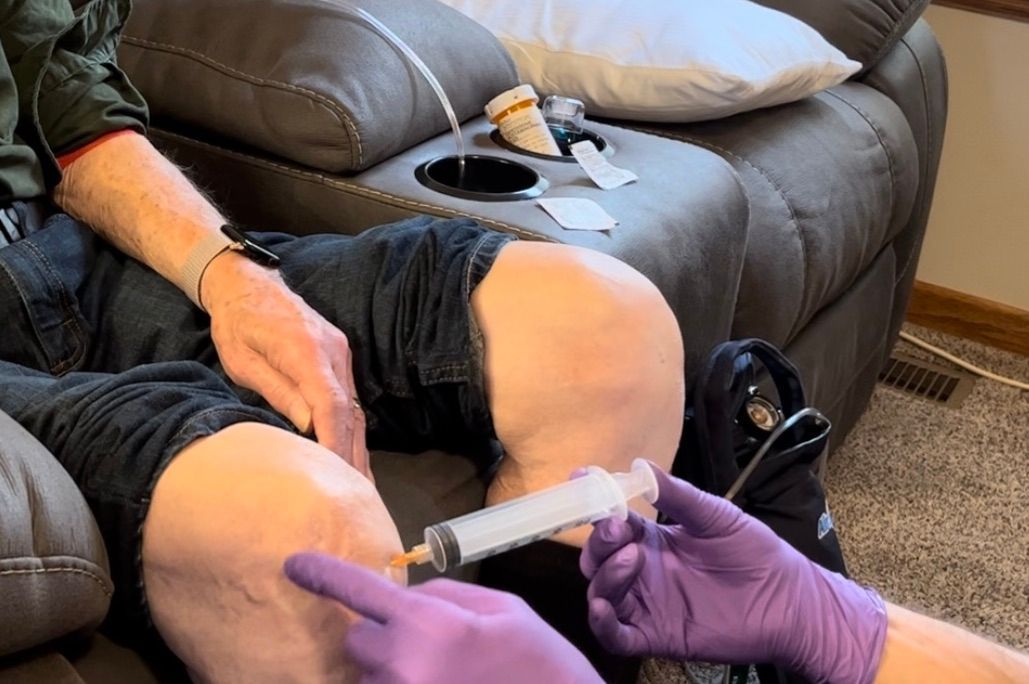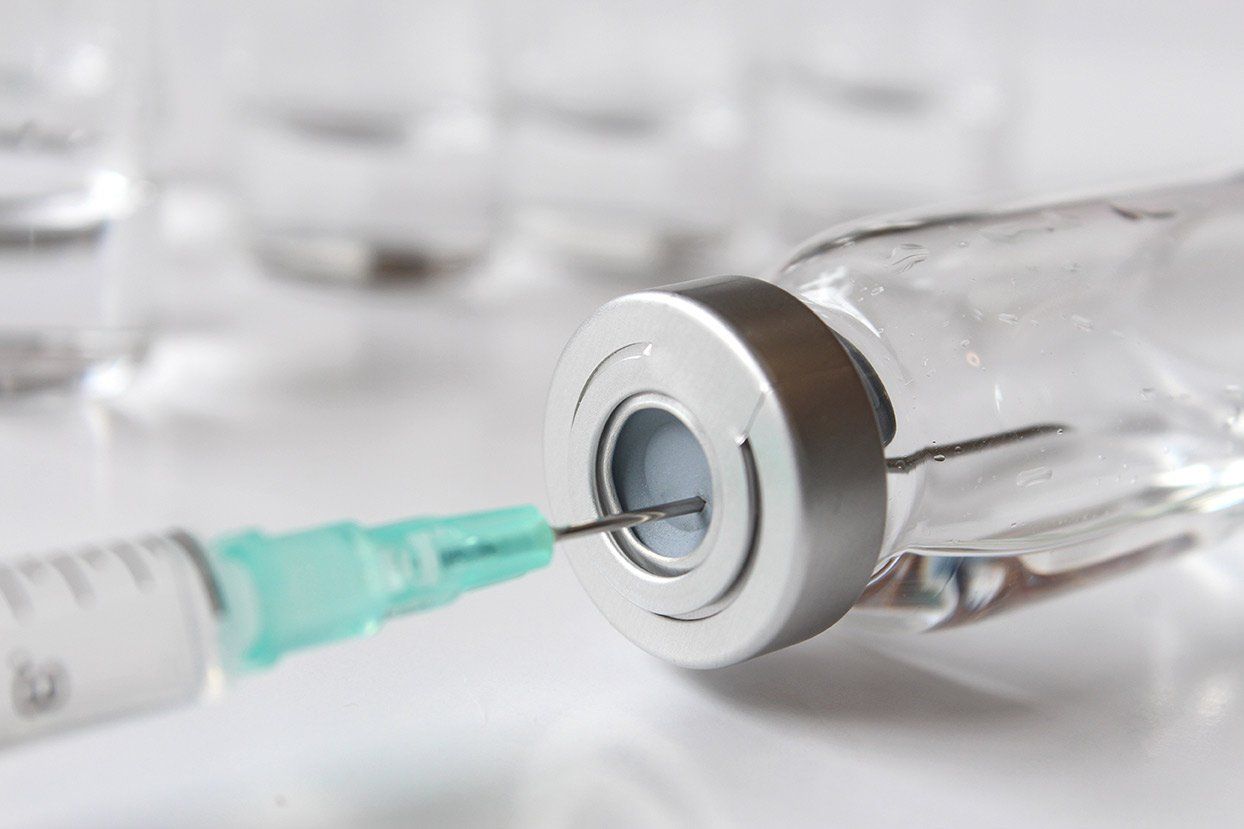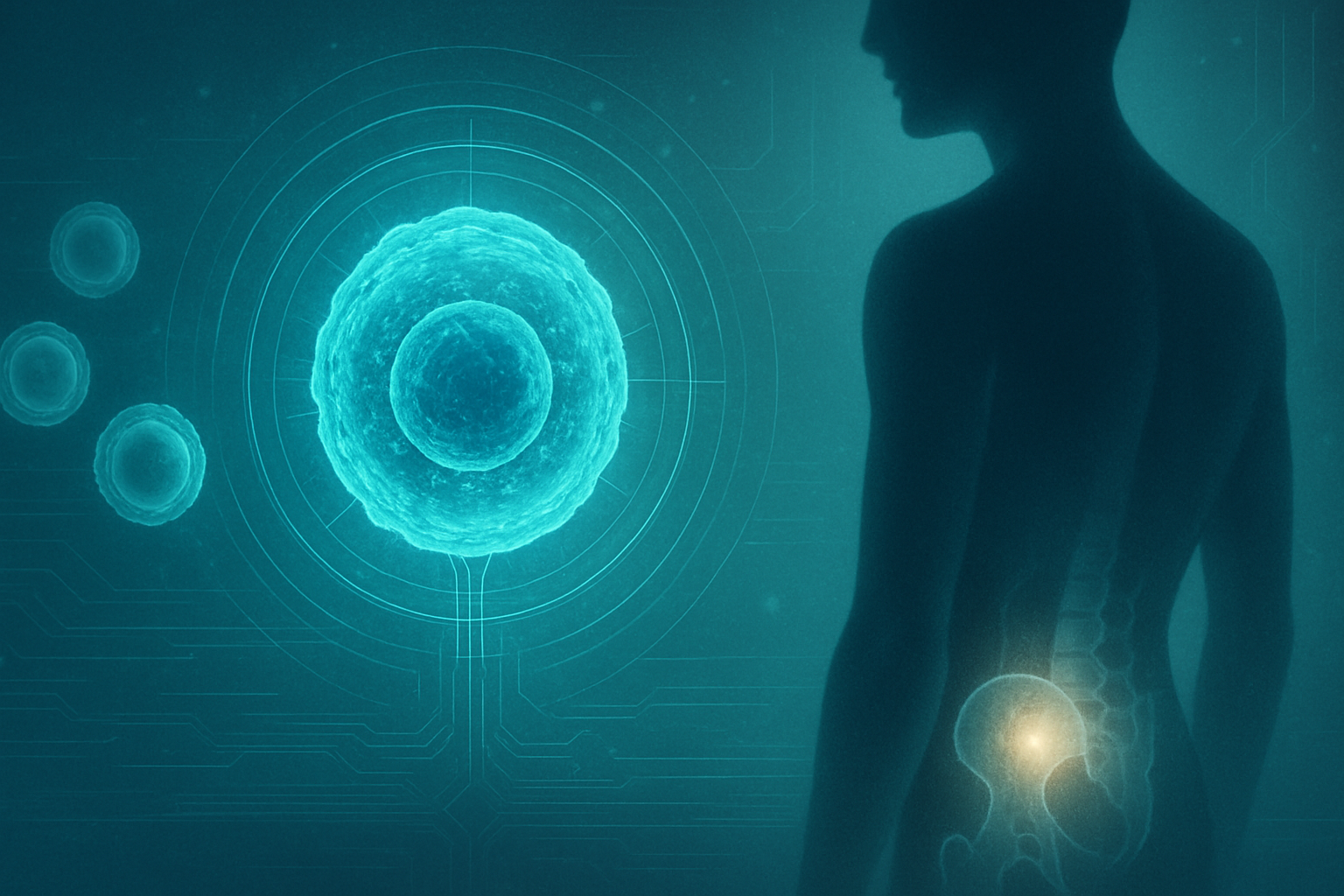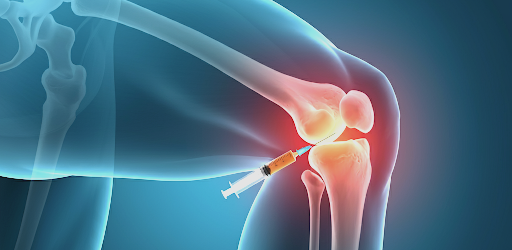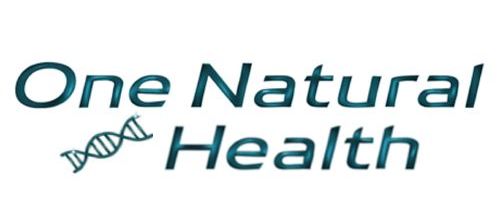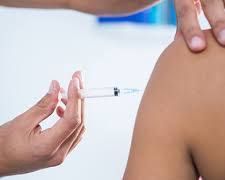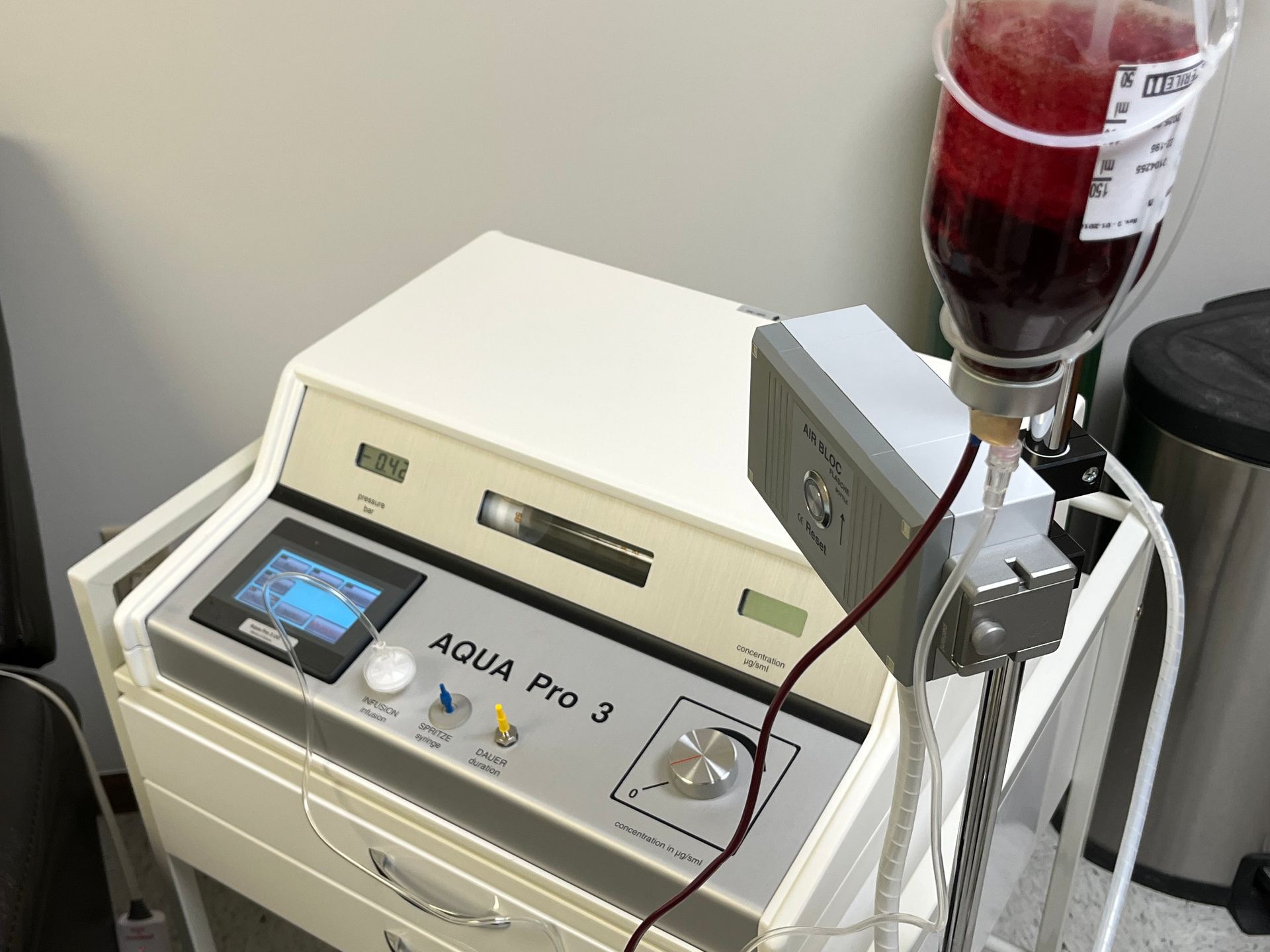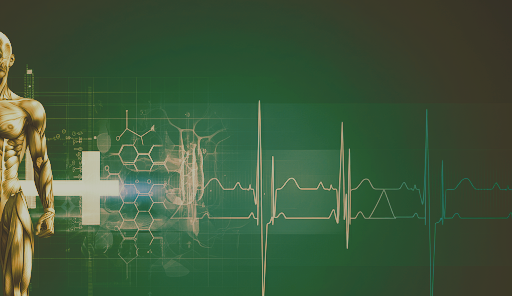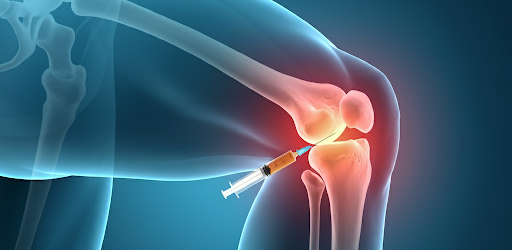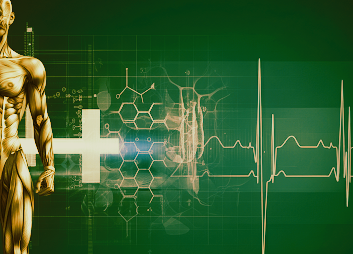Look out for Inferior Hydrogen Generators and Imitators
Don't get tricked into buying an inferior Lourdes Hydrofix!
CLICK HERE to purchase your own authentic Lourdes Hydrofix Hydrogen Generator straight from Holy Hydrogen and enter code REDLION for $100 off your generator!
At One Natural Health we are a proud distributor of the Lourdes Holy Hydrogen Hydrofix Generator, the top of the line Molecular Hydrogen Water machine for home and medical office use.
Please be aware that a black-market Lourdes Hydrofix and non-international model is currently being sold in other places. Some sellers falsely claiming to be an authentic product directly from Japan with a certificate and warranty, however, the Japanese model of Lourdes Hydrofix is intended to be used only within Japan and it may cause malfunction if it is used outside of Japan. Therefore, if it is used outside of Japan, the manufacturer warranty will be voided and it will be excluded from any warranty coverage and repair as it is clearly stated in the Japanese warranty paper.
Also, the Japanese model's specifications differ from our latest Premium Edition/International model.
SPECIFICATION COMPARISON
- Japanese Model: Dissolved H2 Level 1.3ppm. H2 Inhalation 26ml/min.
- Holy Hydrogen model: International Model/Premium Edition: Dissolved H2 Level 1.5-1.6ppm. H2 Inhalation 120ml/min.
Holy Hydrogen is the Official International Distribution Headquarter of the Lourdes Hydrofix and the authentic Premium Edition/International Model of the Lourdes Hydrofix is exclusively distributed by Holy Hydrogen and Affiliates such as One Natural Health.
Don't be duped!
No Lourdes Holy Hydrogen Hydrofix Generators or products are sold on any other online market places such as Ebay, Amazon, Rakten, Zenmarket. Lourdes Hydrofix found on those sites are not Premium Edition/International Model, and possibly counterfeit products, and the spec of the product differ from International model/Premium Edition.
The Lourdes Hydrofix listed on other online marketplaces are by individual "resellers" who handle many products for profits and they cannot offer proper support for such device, and often diaper from the markets and do not take any responsibility for the product. Their products are excluded from the warranty, certification, and any service including repair and maintenance by the manufacturer and Holy Hydrogen.
The sellers below are not authorized international dealers of the Lourdes Hydrofix:
- Beauty International-Japan (They are not our authorized dealer and their product may be a blackmarket product. Their product is excluded from any warranty and support from the manufacturer and Holy Hydrogen.)
- H2-Miracle Water (They are not our authorized dealer and their product may be a blackmarket product. Their product is excluded from any warranty and support from the manufacture and Holy Hydrogen.)
- Amazon / Hydrogen Store (They are not our authorized dealer and their product may be a blackmarket product. Their product is excluded from any warranty and support from the manufacturer and Holy Hydrogen.)
- eBay / bhjapan (They are not our authorized dealer and their product is not an international model/Premium Edition and is excluded from any warranty and support from the manufacturer and Holy Hydrogen.)
- eBay / altansk0
- eBay / lucky_eight_trading
- eBay / k-acros (The unit showing on the listing is not our authentic product.)
- eBay / east-store-japan (The unit showing on the listing is not our authentic product.)
- eBay / storesatisfactory
- eBay / etc.shop-from-jp
- eBay / teruminkeiichie
- eBay / brave_japan
- eBay / jp_oosa
- eBay / ijbuyer1204
- eBay / omege3y (The unit showing on the listing is not our authentic product.)
- eBay / solid_store*japan
- eBay / japan-and-you-kanzeon
- eBay / lucky_eight_trading
- eBay / Miraiplus
- eBay / abeille8
- eBay / music-tiger
- eBay / japanpeaceshop
- eBay / japantokyoseller11
- eBay / japan_recommended
- eBay / iinejapan
- eBay /alletatjapan
Please help us protect people from being scammed! Thank you!
FAQ
Q. I purchased the Lourdes Hydrofix from another seller. They claim it is authentic directly from Japan. Is my Lourdes Hydrofix really authentic?
A. Please beware of the Lourdes Hydrofix scam on the internet and contact Holy Hydrogen to check the authenticity of your Lourdes Hydrofix.
Please note that Holy Hydrogen is limited to provide support and service only to the customers who purchased the international version of the authentic Lourdes Hydrofix distributed through authorized dealers such as One Natural Health. Holy Hydrogen and the manufacturer take no responsibility for the technical support, aftercare, maintenance, repairs, and warranty service of the product purchased from an unauthorized dealer. The Lourdes Hydrofix sold by Japanese dealers outside Japan is also excluded from any warranty coverage.
Q. What is the difference between the Lourdes Hydrofix from Japan and the one from Holy Hydrogen?
A. Besides the big difference in specification* of the product, the Lourdes Hydrofix sold in Japan is intended to be used only within Japan and it may cause malfunction if it is used outside Japan. Therefore, it will be excluded from any warranty coverage.
The Lourdes Hydrofix Premium Edition/International Model goes through an extensive testing and individual certification process to ensure the product's quality, reliability, and the durability to be able to withstand usage anywhere in the world. Certificate, warranty, English customer support, and User's Manual are only available for the Lourdes Hydrofix distributed by Holy Hydrogen and authorized distributor listed on our website.
*Specification Comparison:
- Japanese model: Dissolved H2 Level 1.3ppm. H2 Inhalation 26ml/min.
- International Model/Premium Edition: Dissolved H2 Level 1.5-1.6ppm. H2 Inhalation 120ml/min.
Q. Can I get a Lourdes Hydrofix directly from Japan?
A. It is highly recommend to purchase the authentic international version of the Lourdes Hydrofix through Holy Hydrogen or through an authorized distributor such as One Natural Health.
Q. Is the Lourdes Hydrofix a fake Lourdes?
A. No. The Lourdes Hydrofix is a brand new product manufactured in Japan by a Japanese company, and it is a completely different product from the old Lourdes models HS-71 & 81 manufactured by Korean and Taiwanese companies. The Lourdes Hydrofix is the most advanced and most reliable technology from Japan and provides a pure, safe, and therapeutic level of hydrogen water and hydrogen gas.
Q. There are videos showing the Lourdes Hydrofix is corroded. Is it true?
A. No. The Lourdes Hydrofix currently sold uses pure titanium, and the titanium resists all forms of corrosion by freshwater and will not corrode even through the electrolysis process.
CLICK HERE to purchase your own authentic Lourdes Hydrofix Hydrogen Generator straight from Holy Hydrogen and enter code REDLION for $100 off your generator!
Note we receive a small affiliate fee that does not increase the price you pay for your Lourdes.
